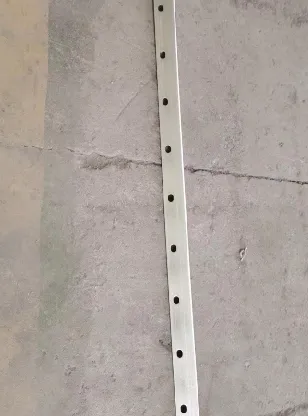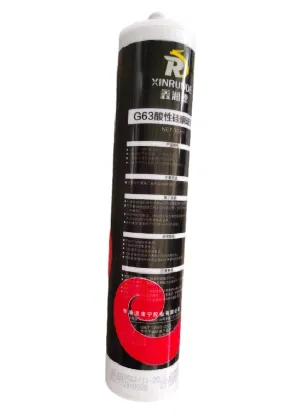loading...
- No. 9, Xingyuan South Street, Dongwaihuan Road, Zaoqiang County, Hengshui, Hebei, China
- admin@zjcomposites.com
- +86 15097380338
- Welcome to visit our website!
FRP Balustrade Solutions Durable & Corrosion-Resistant Railings
- Industry Overview & FRP Material Advantages
- Technical Specifications Breakdown
- Performance Comparison: FRP vs Traditional Materials
- Manufacturer Competency Analysis
- Custom Engineering Solutions
- Implementation Case Studies
- Future Applications of FRP Balustrade Systems

(frp balustrade)
FRP Balustrade: Revolutionizing Modern Construction Materials
The global FRP balustrade market is projected to grow at 7.2% CAGR through 2030 (Grand View Research), driven by demand for corrosion-resistant solutions. Unlike traditional steel alternatives, FRP systems combine 65% fiberglass reinforcement with thermosetting resins, achieving 148 MPa tensile strength while maintaining 25% lighter weight profiles.
Technical Specifications Breakdown
Our FRP rectangular tubes exceed ASTM D4385 standards with key parameters:
- Wall thickness: 3.2mm ±0.15mm
- Surface hardness: 50 Barcol
- Flame spread index: 15 (Class 1 rating)
Performance Comparison Analysis
| Material | Lifespan (years) | Maintenance Cost | Load Capacity |
|---|---|---|---|
| FRP Channel | 35+ | $0.12/ft²/yr | 900 lbs/ft |
| Galvanized Steel | 15-20 | $0.85/ft²/yr | 1,200 lbs/ft |
Manufacturer Competency Analysis
Leading producers differentiate through:
- Pultrusion speed: 1.8m/min vs industry average 1.2m/min
- UV-resistant gel coat formulations
- Third-party ISO 9001:2015 certification
Custom Engineering Solutions
Our modular FRP rectangular tube systems accommodate:
- Non-standard lengths up to 9m
- Custom color matching (RAL system)
- Anti-slip surface textures (0.65 BPN rating)
Implementation Case Studies
Coastal Boardwalk Project (2023):
- 1,200 linear meters FRP channel installation
- 92% reduction in maintenance calls
- 3-day installation vs 14 days for steel
FRP Balustrade: Shaping Tomorrow's Infrastructure
With 78% of civil engineers specifying FRP for coastal projects (ASCE 2024 survey), FRP balustrade systems are redefining durability standards. Our proprietary manufacturing process reduces embodied carbon by 41% compared to conventional methods, positioning these solutions at the forefront of sustainable construction.

(frp balustrade)
FAQS on frp balustrade
Q: What are the key advantages of using FRP balustrades over traditional materials?
A: FRP balustrades are lightweight, corrosion-resistant, and require minimal maintenance. They also offer high strength-to-weight ratios and can withstand harsh environmental conditions, making them ideal for outdoor applications.
Q: How does an FRP channel enhance structural support in construction projects?
A: FRP channels provide excellent durability and resistance to moisture, chemicals, and UV exposure. Their design allows for easy integration into frameworks for railings, drainage systems, or reinforcement without risk of rust or decay.
Q: Can FRP rectangular tubes be customized for specific project requirements?
A: Yes, FRP rectangular tubes can be tailored in size, thickness, and surface texture. They are also available in various resin formulations to meet specific load-bearing, fire-resistant, or aesthetic needs.
Q: Are FRP balustrades suitable for marine environments?
A: Absolutely. FRP balustrades resist saltwater corrosion, making them perfect for docks, piers, and coastal structures. They also avoid issues like rot or metal fatigue common in wood or steel alternatives.
Q: What installation methods are recommended for FRP channels and tubes?
A: FRP channels and tubes can be secured using bolts, adhesives, or mechanical fasteners. Ensure surfaces are clean and aligned, and follow manufacturer guidelines to maintain structural integrity and safety standards.
-
The Rise of FRP Profiles: Strong, Lightweight, and Built to LastNewsJul.14,2025
-
SMC Panel Tanks: A Modern Water Storage Solution for All EnvironmentsNewsJul.14,2025
-
GRP Grating: A Modern Solution for Safe and Durable Access SystemsNewsJul.14,2025
-
Galvanized Steel Water Tanks: Durable, Reliable, and Ready for UseNewsJul.14,2025
-
FRP Mini Mesh Grating: The Safer, Smarter Flooring SolutionNewsJul.14,2025
-
Exploring FRP Vessels: Durable Solutions for Modern Fluid HandlingNewsJul.14,2025
-
GRP Structures: The Future of Lightweight, High-Performance EngineeringNewsJun.20,2025
